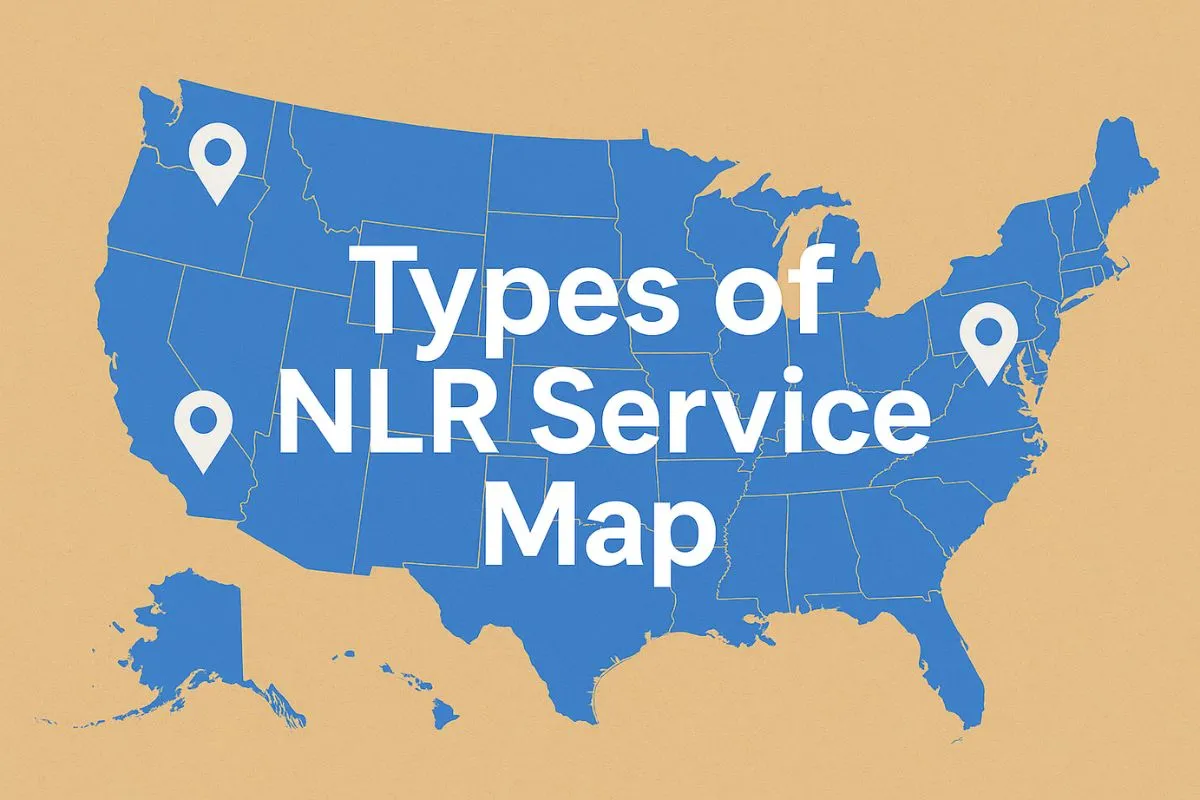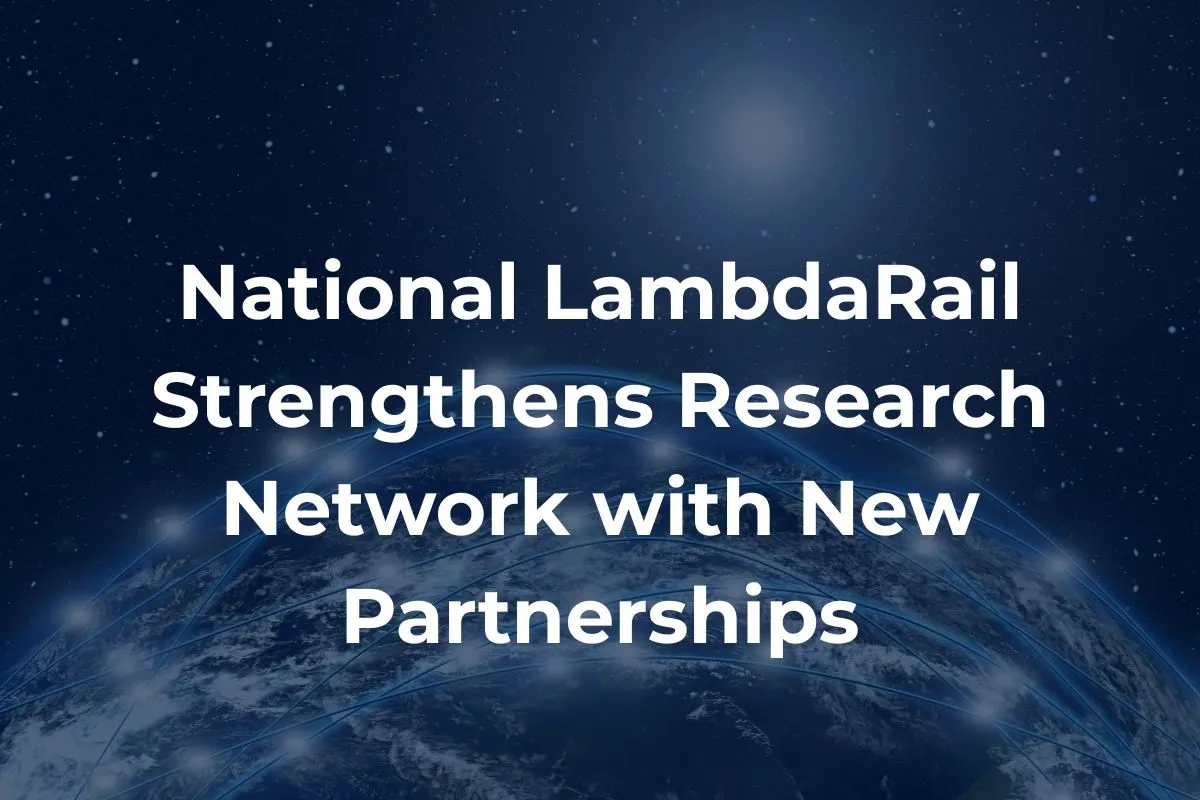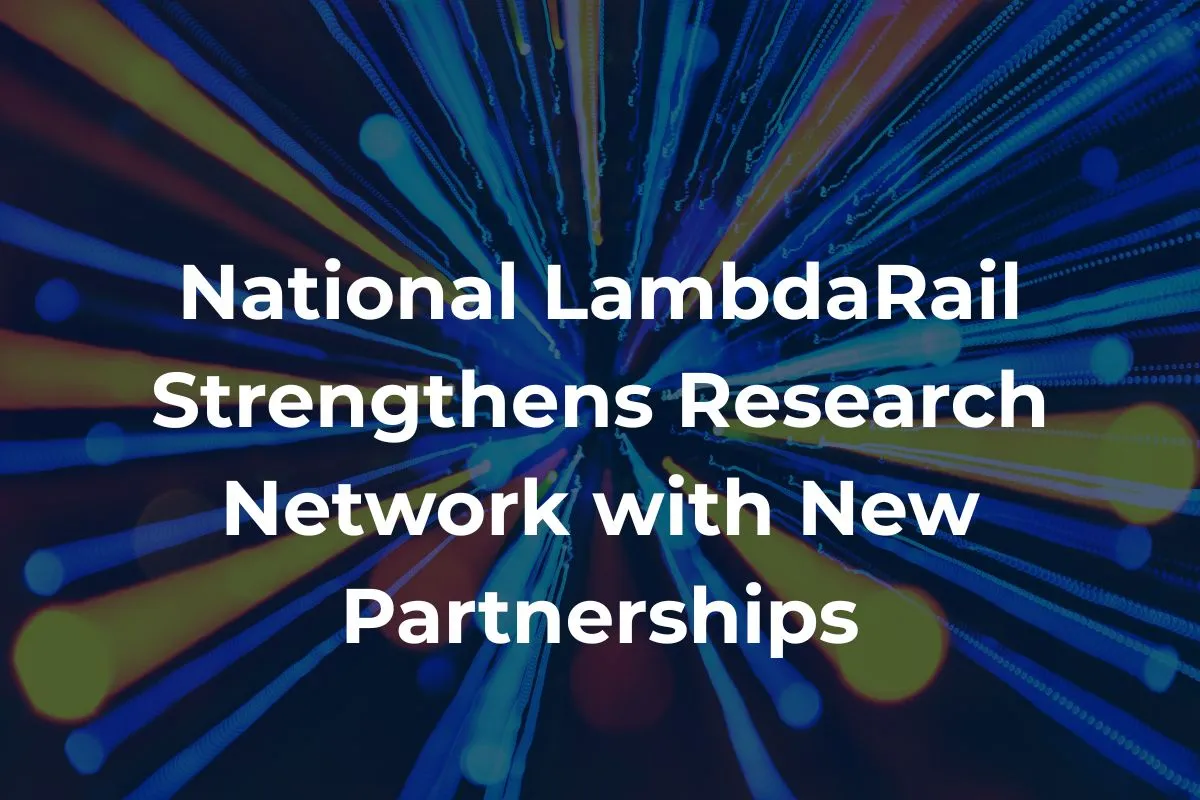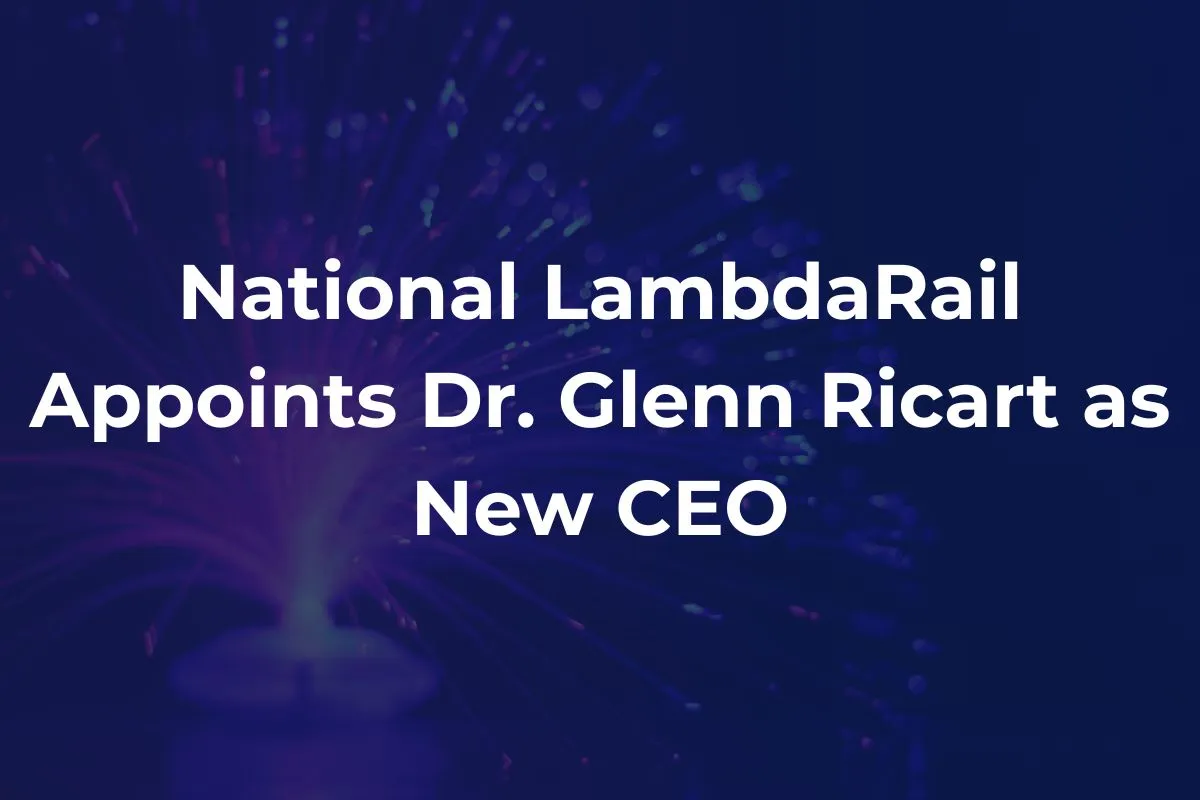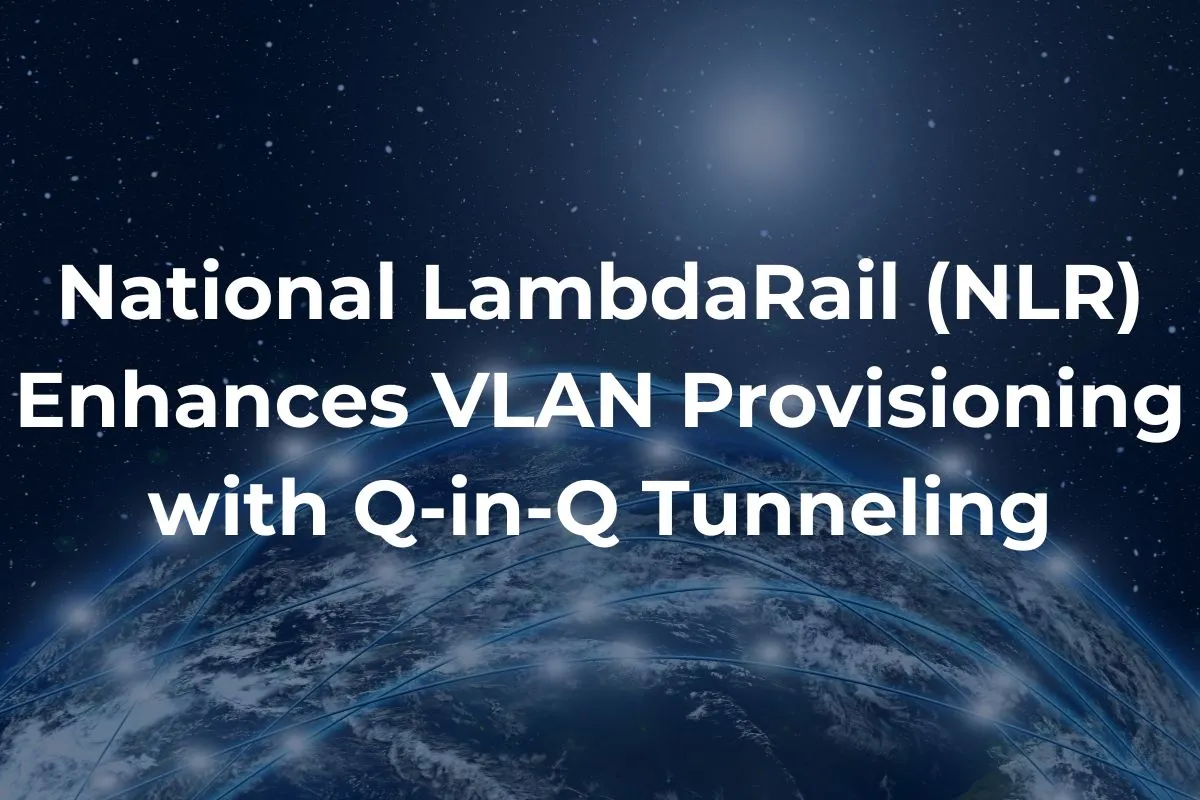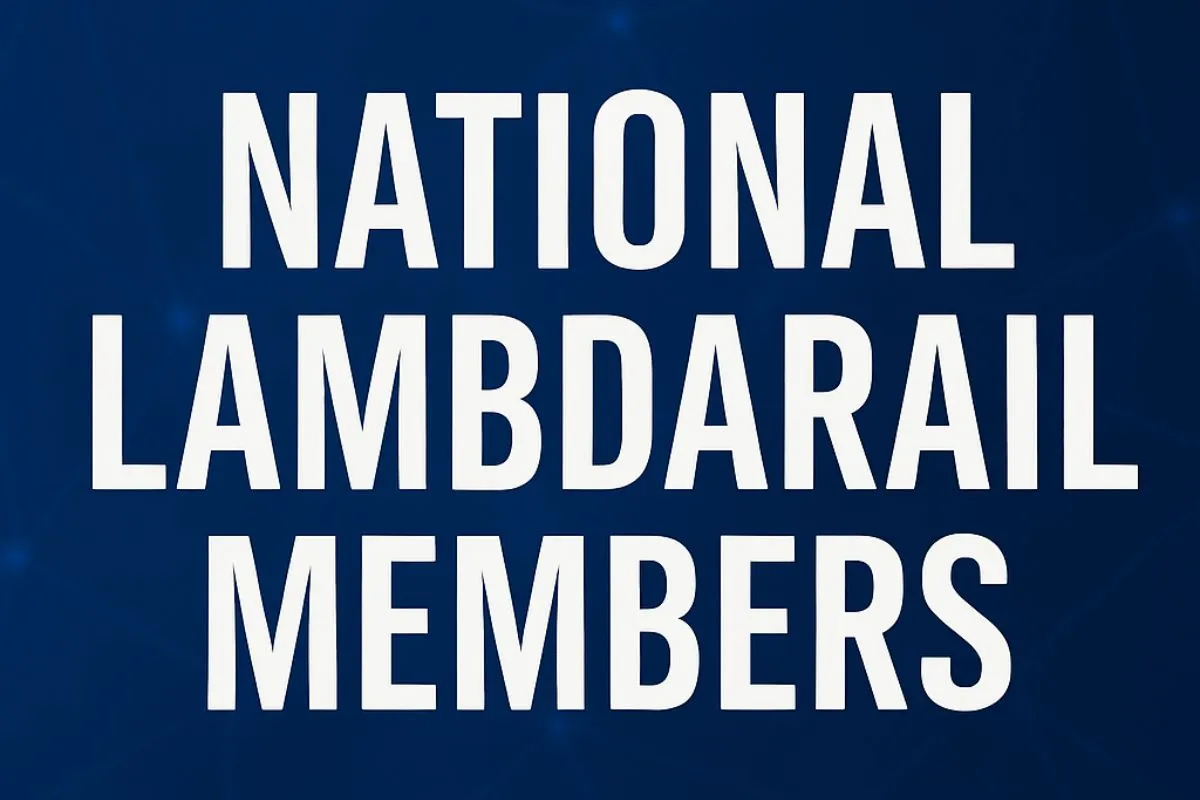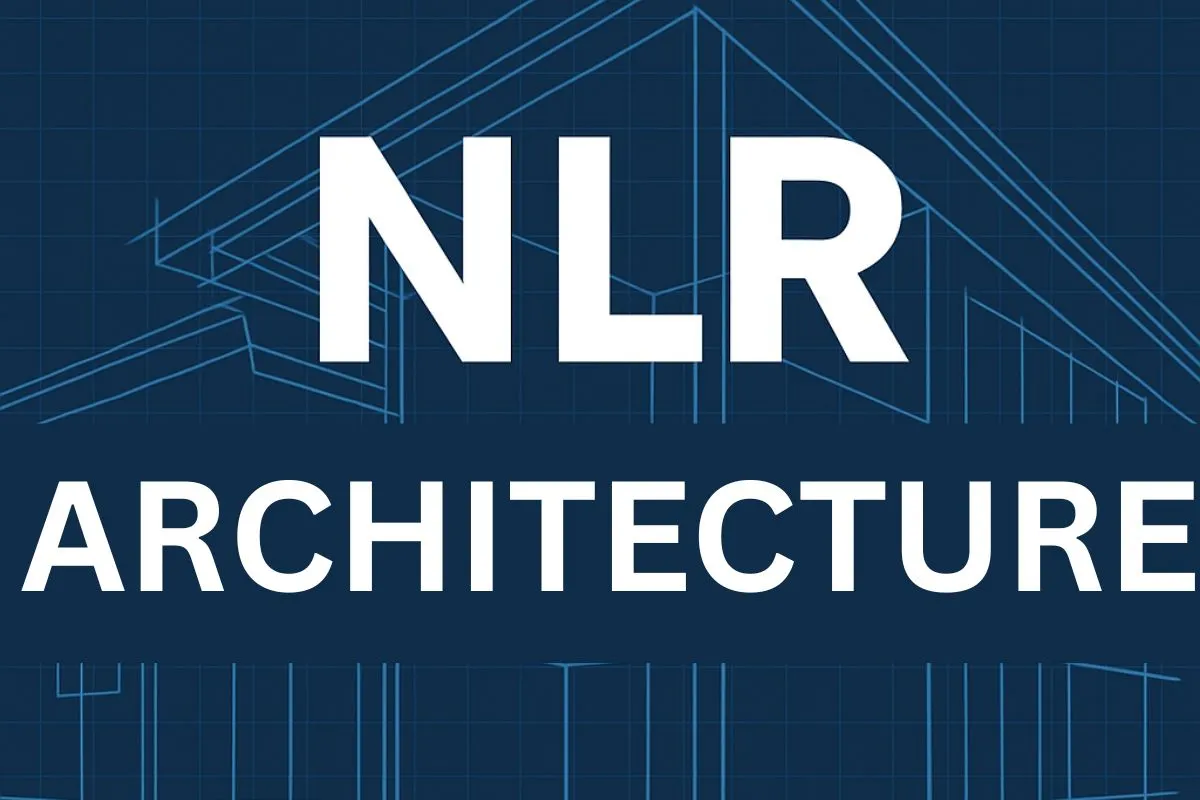National LambdaRail (NLR) has been one of the technologies consisting of a high-speed computer network. It was designed to help research and education facilities in the US in deep analysis. With various network services such as, WaveNet, FrameNet, PacketNet, and National TransitRail, it provided high-speed data transfer, flexible connection, and transition for experiments and production networks. Additionally, it leveraged optical wavelengths, switched ethernet, and IP-based routed infrastructure.
Types of NLR Services Map
The concept of NLR was pathbreaking in terms of high speed and efficient distributed network which gave a boost to research and development. Through its various services, it ensured the concept of flexible data transfer and networking and promoting experiments freely. Though defunct, its innovations continue to be a study for modern research networks.
WaveNet: Lambda-Based Services
For those who require full control over the network, leveraging choice of pathways and protocols at basic level (layer 1). Though it provided high-speed and point-to-point connections using 10-gigabit Ethernet LAN-PHY or OC-192 wavelengths between the networks, it failed to keep backup in case of failure, prompting users to buy another wavelength to set protection and backup.
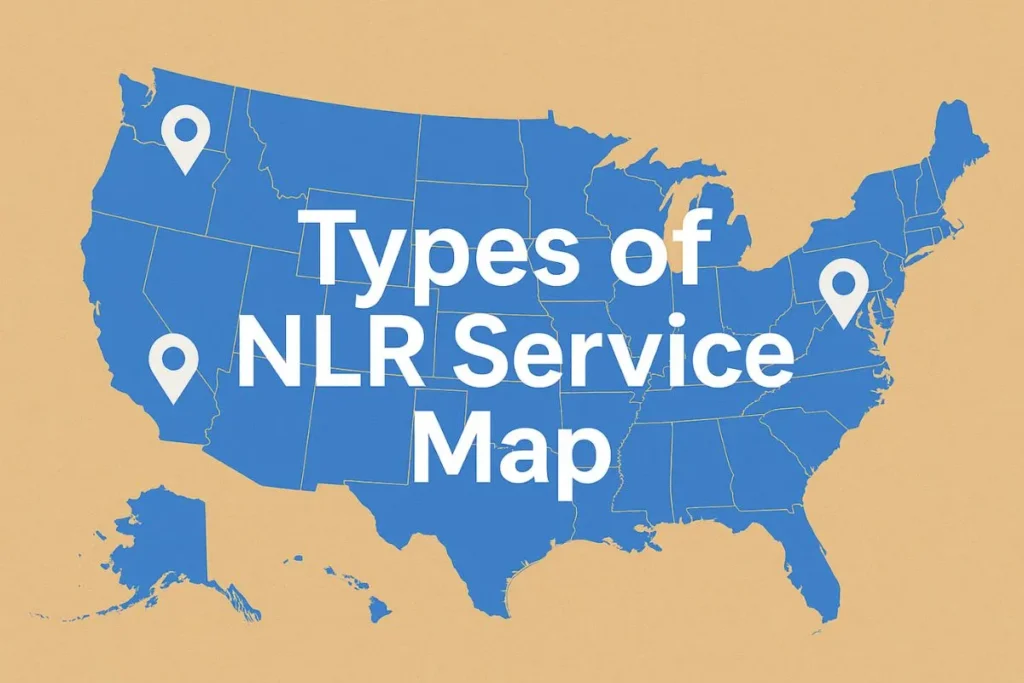
FrameNet: Ethernet-Based Services
It provided high-speed and flexible ethernet connections; allowing users to select various protocols at layer 2 with speed starting at 100 megabits and ranging between multiple gigabits. With point-to-point and multipoint connections over NLR’s fiber networks, it is of 3 types:
- National Exchange Fabric: Shared multipoint service without proper speed.
- Dedicated FrameNet: Ensures multipoint stable speeds with distance-based costs.
- Non-Dedicated FrameNet: Ensures multipoint connections but with unstable speed that was free until 15th October 2006. The bandwidth portion was free but was paid on additional interfaces.
PacketNet: IP-Based Services
It is a high-quality and managed network which gave IP-based services by Cisco CRS-1 routers with 10 gigabit connection. It is of 2 types:
- Routed IP Service: A stable network which had no restrictions. It supported ethernets IPv4 and IPv6, and connection of 1 gigabit to 10 gigabits to global peer points such as, PacificWave, StarLight, and Manhattan LAN (MAN LAN).
- Breakable IP Service: Favoured by test users for having uninterrupted IP network which allowed testing unstable technologies. It has the same IPv4 and IPv6 services with an option for extra IP-based services. The peering was customisable for research purpose. In this as well, users can choose connections between 1 gigabit to 10 gigabits
National TransitRail
The cost-effective service for users, the National TransistRail provided support to them by leveraging on peering and internet gateways of NLR. It offered itself as a nation-wide broad data network, which provided stable and fast connections for research and development. The best part was that it let multiple experiment and production network run on the same system, which guaranteed seamless data transfer for different areas.
NLR Other Services
There were some extra services which were offered by the NLR as per customizations such as, various hardware and maintenance which can be on same or different from the main network. These were:
- Colocation Services – Lease a rack space at any NLR node for members with power supply being DC or AC.
- Cross Connections – Set up multiple network connections within NLR facilities, with an option to have it in bulk or separate single pairs.
- Interconnections – Merging two fiber optic cables from different providers at various NLR nodes.
- Fiber IRUs – For long term access beyond the initial network from NLR by going in long-term agreement to optic cables, resulting in Indefeasible Right of Use (IRU).
- Remote Hands – Providing appropriate technical support for members of NLR remotely through its existing contracts.
